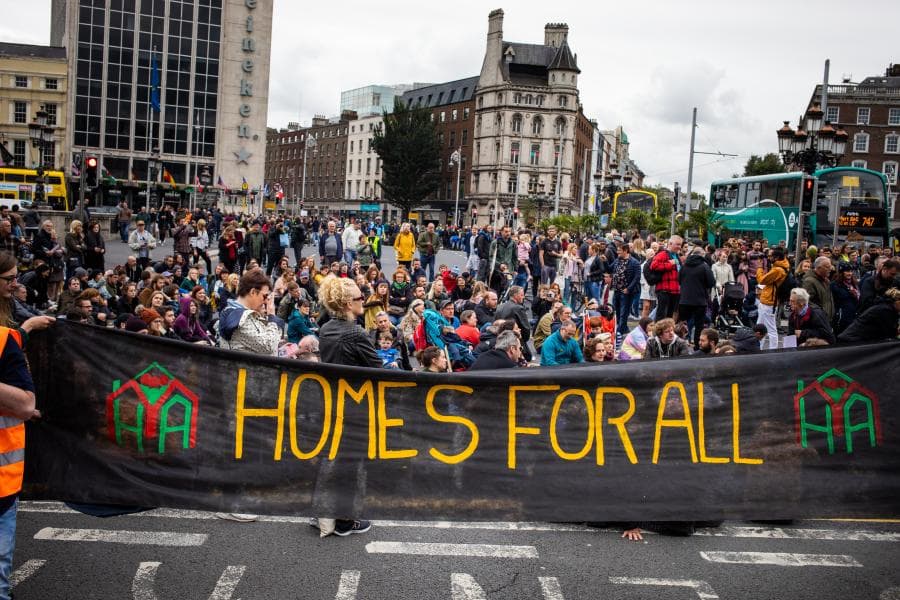🏠Context of the Housing Crisis
The housing crisis in Europe is a pressing issue affecting young people, vulnerable groups, and the overall economy. High house prices have led to an increased burden, making housing unaffordable for many. This summary is based on an essay published by the European Investment Bank (EIB), authored by Janel Siemplenski Lefort, which discusses the critical factors contributing to the crisis and explores potential solutions.
📈Rising Housing Costs
Over the past 15 years, average rents in the European Union have surged by 25%, while house prices have increased by 50%. Currently, one in ten Europeans spends 40% or more of their disposable income on housing. Specifically, cities like Dublin face significant shortages in affordable housing, pushing vulnerable populations, including the unemployed, low-income families, and migrants, out of the market. This scarcity has resulted in a decline in social housing since 2010, despite the rising number of vulnerable individuals.
🔍The Impact of Housing Shortages
The lack of affordable housing has far-reaching consequences. Young people are delaying family formation, students are unable to access top universities, and essential workers, such as teachers and nurses, are reluctant to accept jobs in major cities due to high living costs. The EU Commissioner for Energy and Housing, Dan Jørgensen, emphasized that the housing crisis threatens social justice and cohesion, undermining economic stability.
🏗️Need for Increased Supply
To address the housing demand surpassing supply, the EU needs to construct nearly 1 million new dwellings. Key strategies include innovative, faster, and cost-effective construction methods, regulatory reforms to expedite permitting processes, and financing solutions that encourage residential development. The construction sector is currently experiencing challenges, including a shortage of skilled labor and outdated practices, which hinder productivity.
💡Factors Driving High Prices
The rising demand for housing is driven by urban migration towards dynamic city centers, often leading to skyrocketing rents and home prices. Cities like Lisbon and Dublin have seen increases of 50% to 100% in rental costs within the last decade, largely due to an influx of high-salaried professionals in technology sectors. Additionally, low-interest rates and the popularity of short-term rentals have exacerbated the situation, making housing less accessible for locals.
🔨Challenges in Construction
The pandemic has disrupted residential construction, slowing down project timelines and complicating the supply chain. Regulatory complexities at various governmental levels further delay housing projects. The construction sector is in need of innovation and investment to improve efficiency, with only about 25% of firms currently investing in modern techniques.
🌍Social and Affordable Housing Solutions
To alleviate the crisis, the EIB has identified the need for increased investment in social and affordable housing. Many EU countries provide regulated housing but face differing regulations and eligibility criteria. The share of social housing has decreased significantly in recent years, calling for new financing models and public policies that support affordable housing development.
💵EIB's Action Plan
In response to the housing crisis, the EIB is introducing an action plan aimed at enhancing affordable and sustainable housing. This plan focuses on increasing lending to €4.3 billion for innovative construction methods, renovation projects, and social housing investments. The EIB aims to collaborate with the European Commission and national banks to implement effective solutions that address the housing crisis, which fundamentally affects Europe’s economic and social fabric.
